Introduction to Melody Production
Creating a catchy and memorable melody is an art form in itself. It requires your combination of creativity, intuition, and an understanding of musical elements. Layering multiple instruments and sounds can greatly enhance the impact and depth of your melody. In this extensive content, we will explore various techniques that can help you craft compelling and unforgettable melodies through the use of layering.
Start with a Strong Melodic Idea
The foundation of any memorable melody is a strong melodic idea. You begin by exploring different melodic fragments, motifs, or phrases that have a unique character and catch your ear. You can also experiment with different rhythms, intervals, and contours to create something distinctive and captivating.
On our precious article we learnt how to make chords and extend them. Now after we have the chords we will add a melody line. Lets do a short recap. For example start with the bass notes as in the image below:

We then create a triad chord:
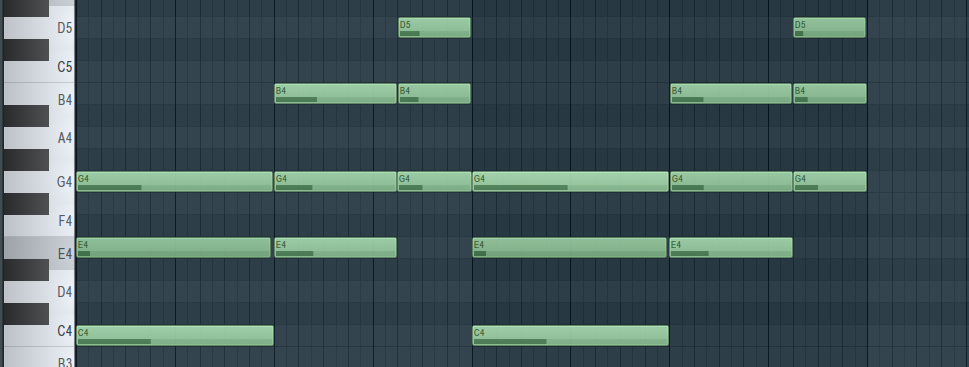
Now the triad would typically sound like:
In the image below we have the simple triad chord layered with bass notes from a lower octave:
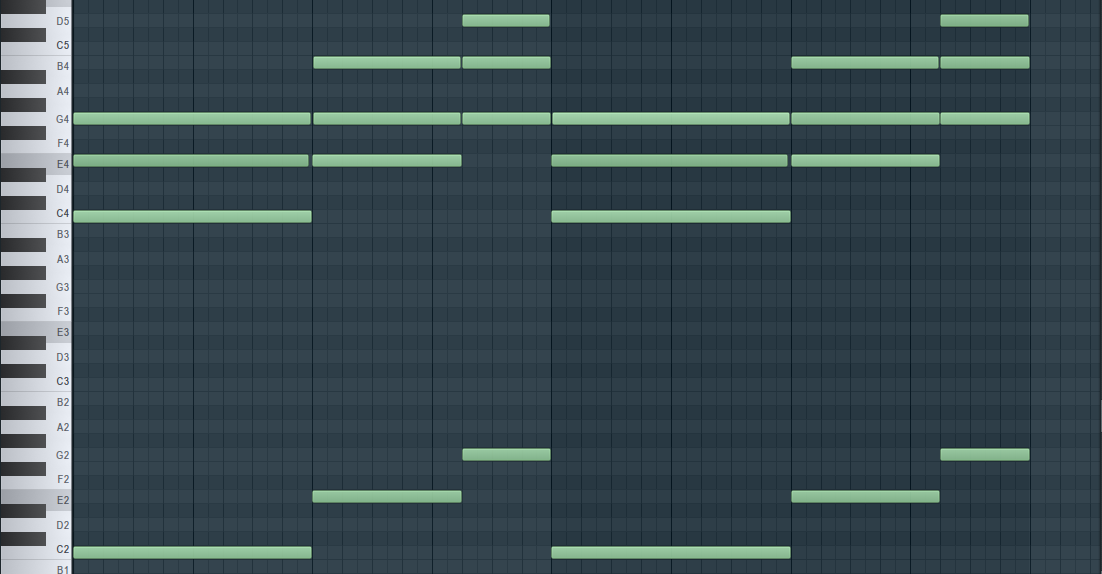
Now the bass notes coupled together with the triads would typically sound like below:
With the chords all set, we then come up with a melody:
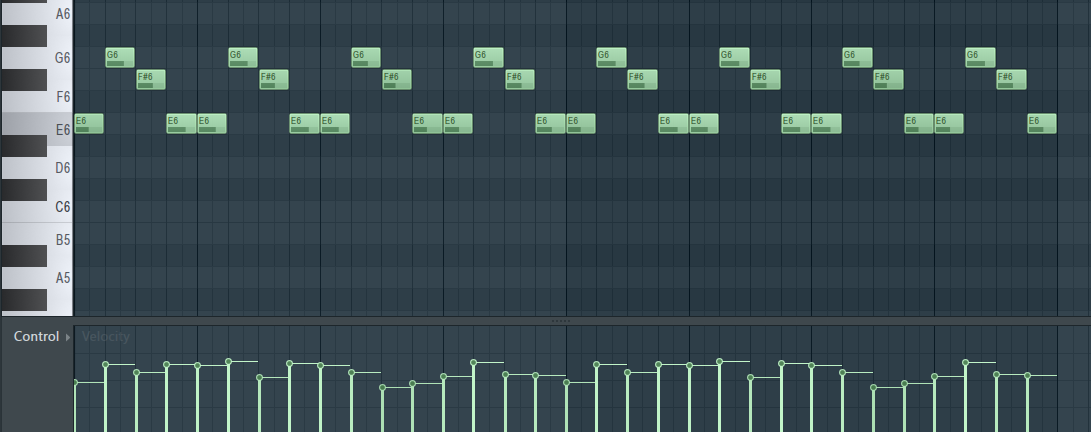
Harmonic Support
Harmony plays a crucial role in supporting and enhancing your melody. Consider the chords or harmonic progressions that underpin your melody. Each note in your melody can be harmonized using different chords or chord tones to create harmonic interest and complement the melodic line. Experiment with different chord voicings, inversions, and extensions to find the right balance between harmony and melody.
For example we have these chords.
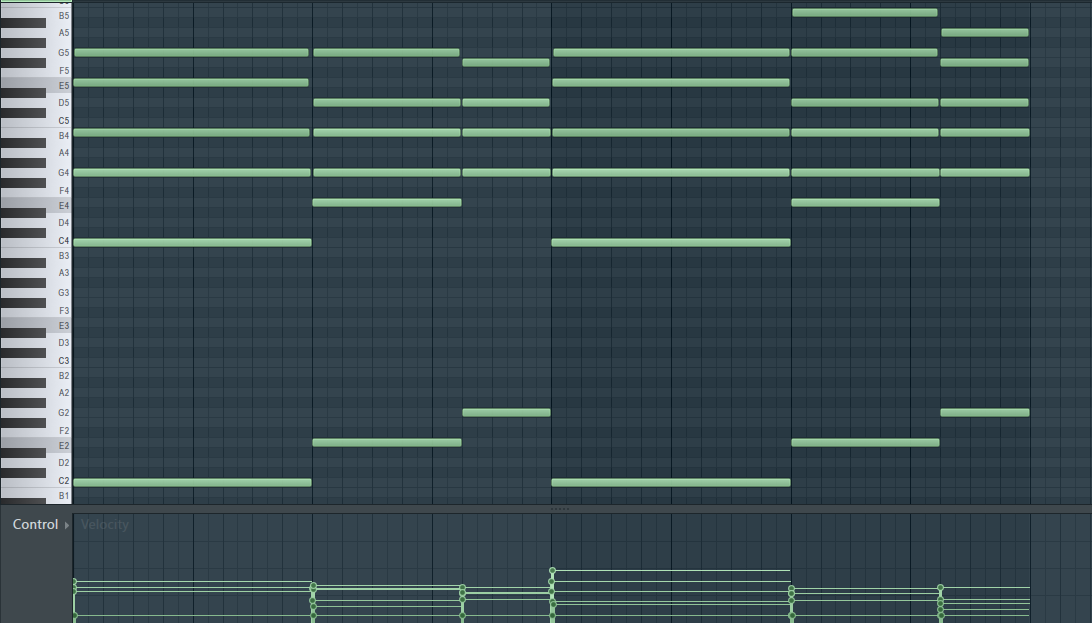
Counter melodies
Layering a counter-melody or a secondary melodic line alongside your main melody can add complexity and depth to your composition. A counter-melody is a separate melody that is played simultaneously with the main melody and creates a harmonically and melodically rich texture. Ensure that your counter-melody is distinct and complements the main melody without overpowering it.
Instrumentations
Selecting the right instruments and sounds to play your melody is crucial in creating a catchy and memorable composition. Different instruments evoke different emotions and can shape the overall character of the melody. Experiment with various instruments and consider how they blend and interact with each other. A combination of acoustic instruments, synthesizers, and sampled sounds can create a unique and captivating sonic palette.
For example in this scenario the instrument used in playing the counter melody is a guitar.
Layering and Arrangement
Layering involves adding multiple instrument parts or tracks that play different variations of the melody. By layering different instruments, you can create a fuller and more textured sound. Experiment with doubling the melody with different instruments, playing it in different octaves, or using different playing techniques to add variety and interest. Additionally, consider the arrangement of the layered instruments, ensuring that they complement each other and create a cohesive sonic picture.

For example we have the first counter melody:
Then we have the counter melody layer playing the same notes:
When we combine both they sound like this:
Dynamics and Phrasing
Pay attention to the dynamics and phrasing of your melody. Varying the volume, intensity, and articulation of different parts of the melody can add emotional impact and make it more memorable. Consider crescendos, decrescendos, and expressive techniques such as vibrato, staccato, or legato to shape the dynamics and bring out the nuances of the melody. Lets look at what these mean.
Vibrato: This is like a slight wobble on a single note. It's like adding a little shimmer or shake to your instrument, similar to how your voice trembles slightly when you hold a high note. It creates a warm, expressive sound.
Staccato: This means "detached" in Italian. Here, you play or sing notes short and crisp, with clear spaces between them. Imagine tapping your fingers quickly on a table - that's kind of like staccato! It creates a lively, bouncy sound.
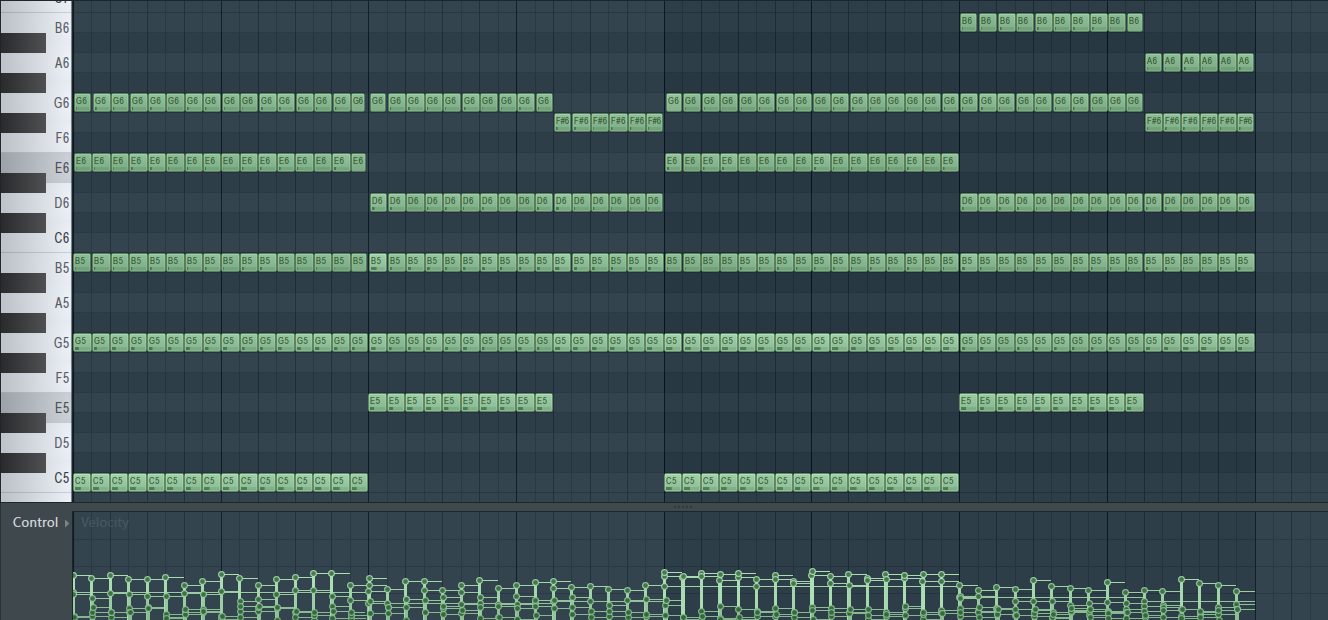
For example these synth chords are playing in staccato:
Legato: This means "smooth" in Italian. In contrast to staccato, legato notes are connected, flowing seamlessly into each other without any gaps. Imagine gliding your finger across a smooth surface - that's the feeling of legato. It creates a flowing, connected sound.

For example these chords are playing in legato:
Rhythm and Groove
The rhythmic aspect of a melody can greatly influence its catchiness and memorability. Experiment with different rhythmic patterns, syncopation, and accents to create an engaging and infectious groove. Syncopated rhythms or unexpected pauses can add a sense of anticipation and surprise, making the melody more memorable.
Repetition and Variation
Repetition is a powerful tool in creating catchiness and memorability in your melodies. Identify melodic motifs or phrases that can be repeated throughout the composition, creating a sense of familiarity and recognition. However, also incorporate variations in your melody to keep it interesting and prevent it from becoming monotonous. Add embellishments, ornamentations, or slight variations in rhythm or phrasing to create moments of surprise and intrigue.
Vocal-like Qualities
Melodies that mimic the natural contours and characteristics of human vocals often have a strong impact on listeners. Consider infusing your melody with expressive bends, slides, or melismatic passages that emulate the fluidity and emotion of a human voice. This can create a connection between the melody and the listener, making it more memorable and relatable.
Collaborative Approach
Collaborating with other musicians or songwriters can bring fresh perspectives and ideas to your melody. Seek feedback from fellow musicians or trusted individuals and be open to incorporating their suggestions. Sometimes, a collaborative approach can lead to unexpected and exciting results.
Iteration and Refinement
Creating a catchy and memorable melody often involves a process of iteration and refinement. Experiment with different combinations of layering, instrumentation, dynamics, and phrasing. Listen critically, make adjustments, and trust your instincts. Keep honing and polishing your melody until it resonates with you and captures the essence of your musical vision.






